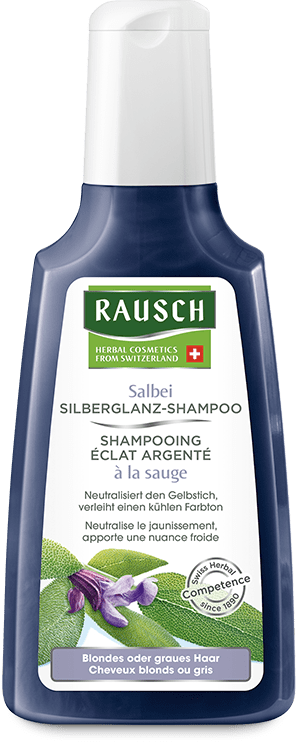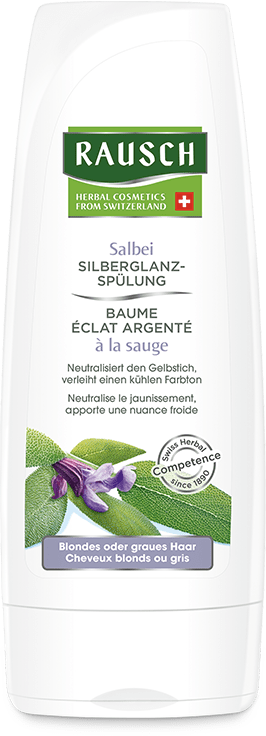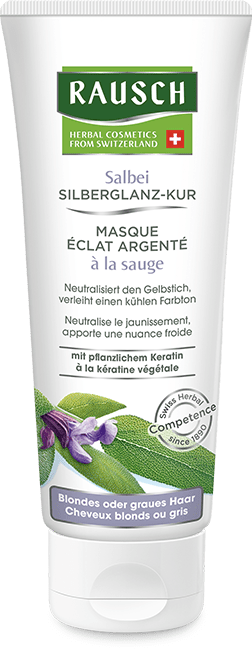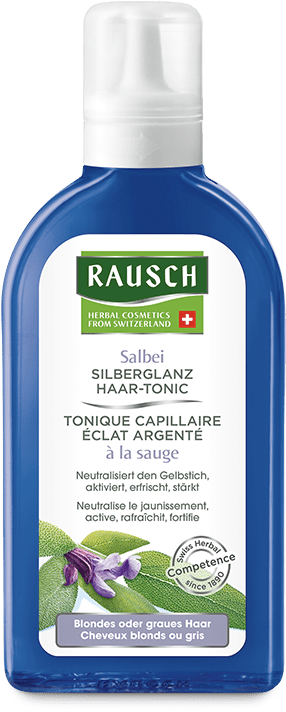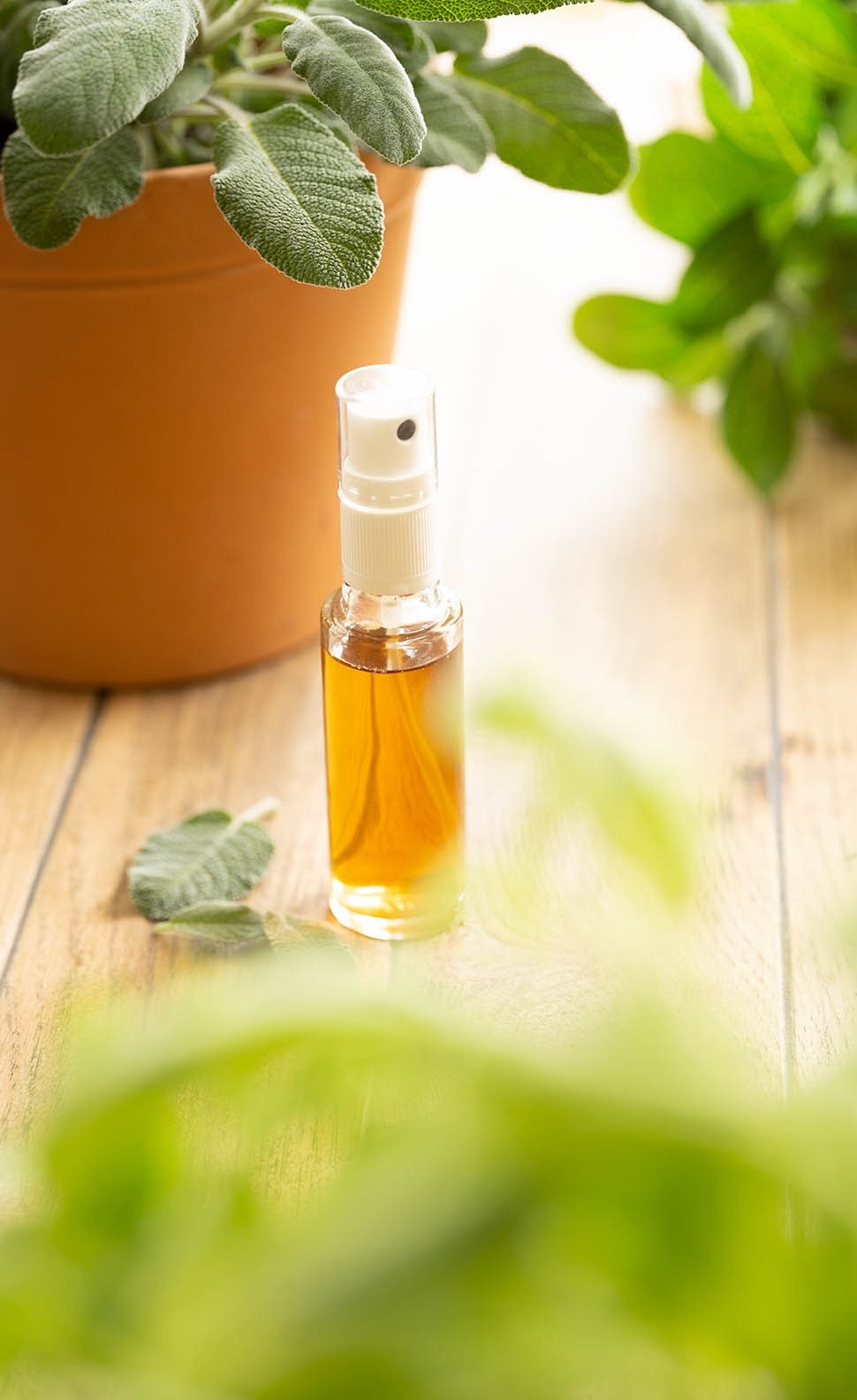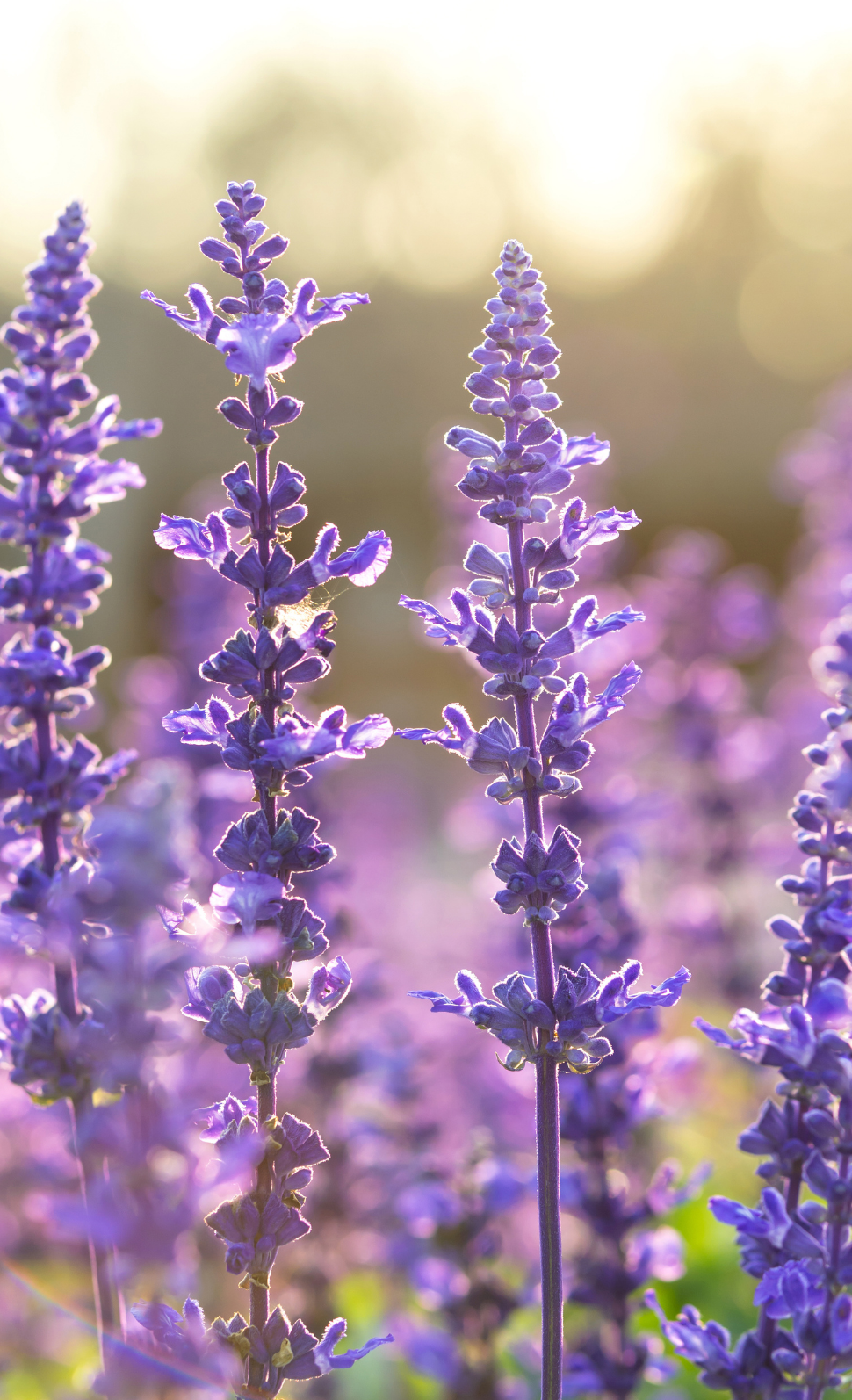
What makes this plant so special.
One of the oldest herbal and medicinal plants, common sage is originally from the Mediterranean region. It was already introduced to other countries and grown as a medicinal herb as far back as ancient times and in the early Middle Ages. Find out more about the sage plant’s valuable properties.
Botanical name: Salvia officinalis L.
Family: Mint family (Lamiaceae)
Origin: Common sage is native to the Mediterranean region, but is now found throughout Europe.
Botany: The perennial shrub generally grows to a height of between 40 cm and 60 cm. Its elongated leaves exude a strong scent due to the essential oils they contain. Com-mon sage blooms with white or purple flowers.
Flowering Season: May to July
Appearance
Common sage is the most well-known type of sage. And yet, very few people know that the sage (Salvia) family includes many varieties of the plant. They exist in an almost infinite variety of leaf colours, leaf shapes and flower colours. Sage leaves can be green, yellow, purple, red, white-green or green-gold. The texture of the leaves varies from slightly furry – the most well-known variety – to crinkled. The colours of the sage flower are even more diverse and include white, yellow, red, blue and purple.
Use
The best time to harvest sage is before it blossoms, as this is when the leaves contain the maximum aroma. Equally as intense as the smell of sage is the taste, which can be described as pleasantly bitter and full-flavoured. And although the leaves and the flowers of sage are both edible, there are distinct differences between the types in terms of taste. The various sage flavours include lemon (Lem-mon’s sage), pineapple (pineapple sage), eucalyptus (Andean sage), guava (fiery sage), peach (autumn sage), honey melon (honey melon sage) and marzipan (mar-zipan sage).
The name ‘sage’ comes from the Latin ‘salvare’, meaning ‘to heal’. The herb was commonly used to treat sore throats and throat infections in Ancient Egypt. Thanks to its purifying effect, sage is also a popular herb for burning rituals. Even today, numerous cultures still burn sage to cleanse their surroundings after illness or to protect themselves from evil forces.
Cosmetic properties
Thanks to its antibacterial properties, sage is often used in cosmetics to treat acne, oily skin and inflamed skin. Steaming your face with some sage leaves in the water soothes and nourishes the skin. The cooling effect of sage means it’s also a popular choice in summer for a refreshing foot bath or to treat excessive sweating.
